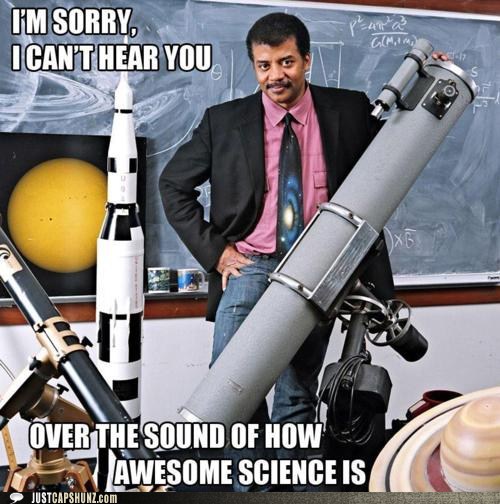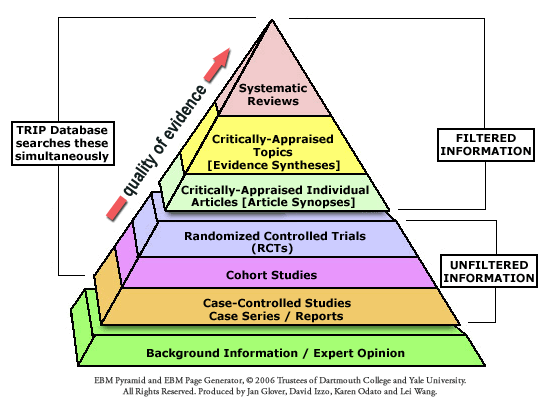What can you do about my pain?
This is Part 3 or 3. Here is Part 1 and Part 2All of the reasons massage therapy works aren't known, and that is important to admit. If you see someone who seems to have a simple answer to explain every ache and pain, you are probably being scammed. Many such "experts" will move all pain into their own scope of practice, regardless of whether it truly fits there. I believe this practice is unethical, as it costs money and time for a patient that could be getting appropriate treatment elsewhere. Sadly, I can't help everyone, and neither can anyone else.
My approach to treating pain has 3 principle lines. I will attempt to briefly discuss each one and describe why I feel they are important to helping you get better. The human body is an extremely complex organism, and still largely inaccessible to our probing. Just this week, a ligament that is likely present in 97% of the population was "discovered." This ligament was there all along, and first hypothesized in 1879, and we just now found it!
1. Explain Pain, The more you know...
1879 that hypothesized
1879 that hypothesized
Pain, unlike ligaments, can not be seen or measured objectively. For this reason, it is often conflated to be something that can be measured (heat, electricity, force, tension, etc.) and treated accordingly. This thought process started by Descartes, and was carried forward until science within the last 40 years overturned it. Believing all pain was in the tissues and needed to be "fixed" has led to invasive, unnecessary, and dangerous treatments as well as discrediting any pain that has no physical origin. To this day, if you imply that a person's pain comes from their brain (a fact that is hardly even disputable anymore) they become defensive and think you are claiming their pain isn't real.The understanding of pain is integral to its treatment. I can not stress this point enough, so I will let research stress it for me. "For chronic [Musculoskeletal] pain disorders, there is compelling evidence that an educational strategy addressing neurophysiology and neurobiology of pain can have a positive effect on pain, disability, catastrophization, and physical performance."
and pain education works better than "core strengthening":
"a brief psychosocial education program that reduced fear and threat of low back pain decreased incidence of low back pain resulting in the seeking of health care."
Massage Therapists should never diagnose anything. Often times we skirt the rules and describe pain as coming from a particular muscle or other tissue (fascia, nerve, joint) but that does not, and should not, serve as a diagnosis. For the type of pain that I treat, a diagnosis is rarely helpful anyway. If the patient thinks the pain in his ankle is due to tissue damage, he is much less likely to get better quickly. I find it is very helpful to describe pain as coming from the brain's interpretation of a situation or condition. This is why soldiers on the battlefield often feel no pain when shot, and why a phantom limb can be excruciatingly painful. Your body will report tissue damage directly to the brain, but if your brain does not find that report compelling, you will not experience pain.
More info here: http://www.bboyscience.com/pain/
And here: http://www.bodyinmind.org/teaching-people-about-pain-part-1/
2. Communication with the nervous system (Trigger Point 2.0)
If your pain is due to actual damage to the tissues of your back, neck, or ankle, massage should only be used in combination with other medical treatment. While massage may have a role in assisting the healing of damaged tissue, that role is still largely unknown. It can be safely used to mobilize soft tissue around a recent injury to prevent adhesion, for example. Regardless, the main purpose of massage should be communicating with the nervous system and with the brain. To turn down the volume knob on pain, and increase the specificity of the pain itself.
The brain, when in pain, is overwhelmed with a barrage of signals coming from the body and bounced back from the memory and meaning parts of the brain. Each painful stimulus is interpretted and compared against past painful experiences. The brain is constantly searching for meaning and patterns in everything, especially with something potentially dangerous. Humans have thrived because of our ability to find such meanings and patterns, but that talent has a side-effect of Pareidolia, Matrixing, and Simulacrum aka finding shapes in clouds and Jesus on toast.
When a pleasant, or more noticeable stimulation occurs, the brain takes notice. When I press on Tibialis Posterior, and you take notice and say, "That's the spot." I'm not physically altering the muscle very much. Now, instead of a vaguely painful ankle, your brain has a better story--that muscle, right there--and the mystery and unpredictability is lessened. This alone will make the pain more tolerable. Repeated a few times, the soreness often fades, or goes away all together.
Travell and Simons credited this effect to resolving an energy crisis within the muscle, Mense and Shah are still testing and refining that hypothesis. Neuromuscular or Trigger Point Therapy was built on the model that pressure and stretch into the hyper-irritable point and taut band within a muscle will relieve pain. I still largely follow this model, although I attribute the changes in pain to the nervous system and the brain. It seems unlikely, to me, that physiological changes could happen that instantly.
About PNMT: http://www.nmtmidwest.com/about.html
Evidence review for Trigger Point Therapy
3. Listening and then responding
I ask a lot of questions. I ask about lifestyle, activities, work habits. I ask about what worsens the pain, and what makes it better. I assess and palpate muscles, I look for movement patterns, I listen. I consider myself an Interactor, not an Operator. We are a team, trying to beat pain together.Because of my own poor experience with both doctors and chiropractors, I am passionate about the importance to listening to the patient. When I worked in a warehouse, I injured my back rolling barrels full of chain. I, first, went to see my primary care doctor. My doctor prescribed ibuprofen and sent me on my way, he did no physical examination of my back, no movement testing or palpation. "Here is your anti-inflammatory, now be on your way."
When that didn't work, and my pain became debilitating, I went to a chiropractor with the glowing referrals from my co-workers. I got an X-ray and some vague explanation about how the bones in my back had tiny fractures in them. I was roped in to going twice a week, then once a week, then twice a month, and so on. The adjustments he gave me hurt sometimes, and I felt only a little better when I had them. The relief rarely lasted more than a day or two. This went on for almost a year before I started doing rehabilitation exercises that I found on the internet, and started going to massage school.
My point is this: every pain is unique, and if anyone along the way had suggested exercises, changes in movement habits, and massage I would have saved a lot of money and felt better, faster. If massage will not help your pain, I will refer you to someone else. I do not make a treatment plan until I find an effective approach, which sometimes takes a few tries.







